Visual Guide to Low Blood Pressure

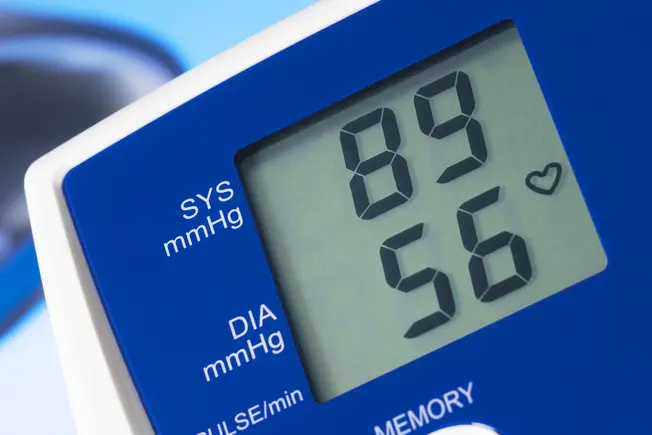
What Is It?
Your doctor may say you have low blood pressure when your numbers are lower than 90 over 60. The medical term is "hypotension." But it isn't always a problem. Unlike high blood pressure, doctors usually don't use a standard set of numbers to figure out if you're ill. But if you also have symptoms like dizziness and nausea, it could be a sign that your blood pressure is too low for good health.
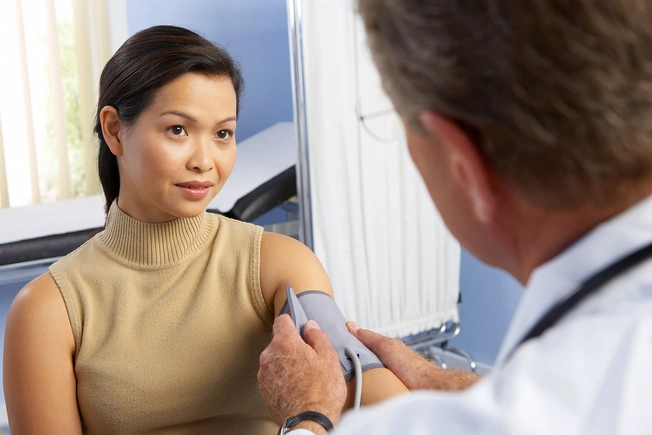
Measuring Blood Pressure
A cuff linked to a special device tightens around your arm to get two measurements. The top number, or "systolic," notes the pressure your blood makes against your artery walls when the heart beats. The bottom number, or "diastolic," measures the pressure between beats, while the heart is relaxing and filling with blood. You can get readings in your doctor's office or at home.
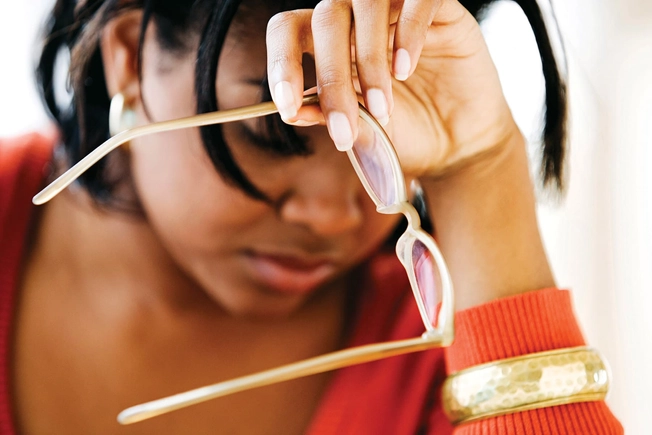
Symptoms
Your brain usually shows the first symptoms of hypotension. Besides dizziness and nausea, your spirits might be low, you might lack energy, and find it hard to think straight. Some people feel lightheaded enough to faint or notice cold, clammy skin, faster breathing, blurry vision, or chest pain. If your low pressure is caused by dehydration, you also might feel unusually thirsty.
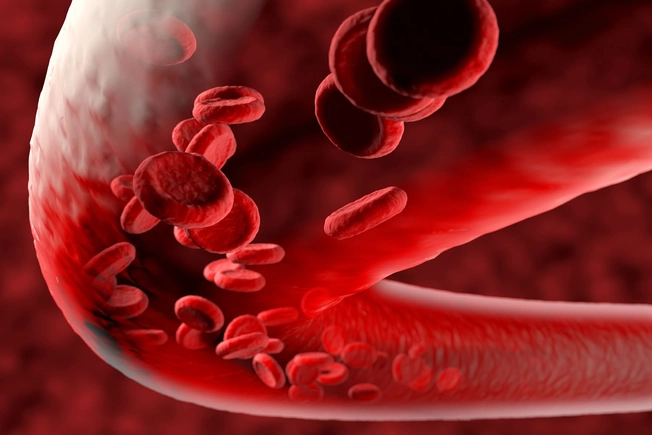
Cause: Expanded Blood Vessels
Sometimes your blood vessels widen. That means there's more space for blood to spread out, which puts less pressure on the walls of those vessels. Some drugs, especially a type called vasodilators, can cause this. So can spinal injuries that damage certain nerves, serious bacterial infections, and allergic reactions. Hormone problems like Addison's disease, which weakens the adrenal glands, can also do it.
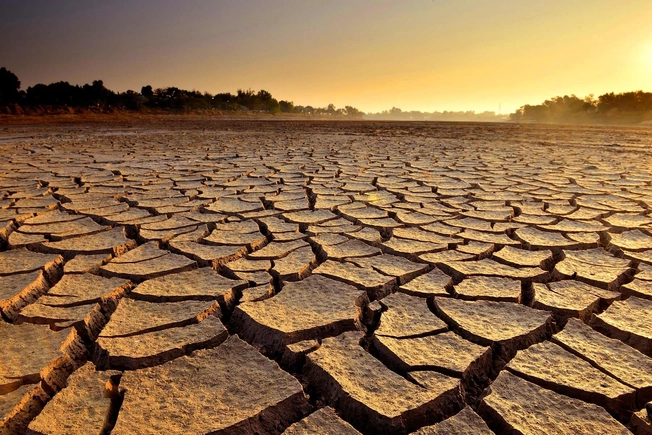
Cause: Less Blood
Less blood means less pressure on your veins and arteries. An injury might cause you to bleed -- either outside your body where you can see it, or inside. It might also happen if you don't get enough to drink, your blood vessels leak fluid, or you have a blood condition called anemia. Sometimes your kidneys get rid of too much fluid because of illness or certain drugs, like diuretics.
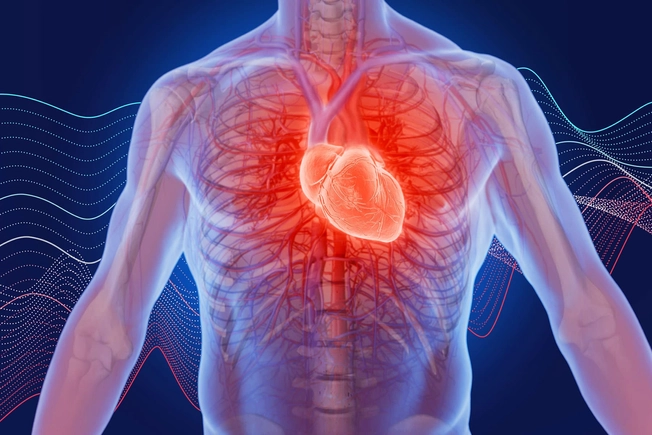
Cause: Heart Problems
The more blood your heart pumps per minute, the higher your blood pressure. Certain medications, along with hormone problems, heart damage, or misfiring electrical signals, can make your heart beat too slowly, which lowers that pressure. Or it could be that your heart is not as strong as it used to be because of a heart attack, heart failure, or problems with the valves, and so doesn't pump as much blood per beat.
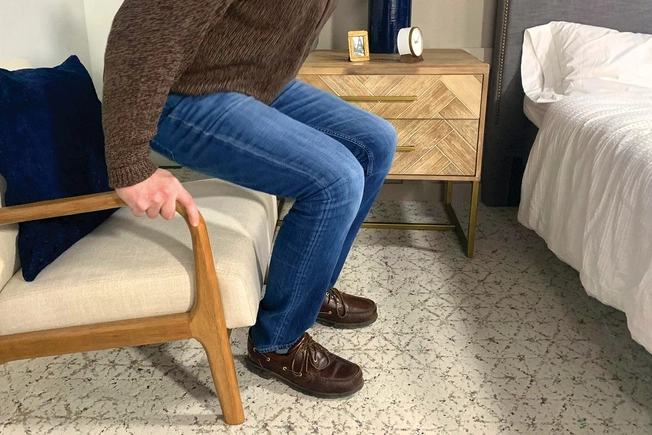
Cause: Standing Quickly
Normally when you stand suddenly, your body sends a signal to your brain that says "Hey! We just dropped a bunch of blood down to the legs and belly, and we need to pump some more back upstairs before you get dizzy and pass out!" But sometimes, your brain doesn't get the message quickly enough and you start to feel lightheaded. You might even faint. Your doctor might call this problem "orthostatic hypotension" or "vasovagal syncope."

Cause: Standing for Long Periods
After you're on your feet for a while, blood can start to pool in your legs. If your brain doesn't tell your heart to pump enough to keep your blood pressure up, it might drop low enough to make you dizzy and nauseous. You might even pass out. Your doctor might call this "neurally mediated hypotension." Like a bad relationship, the problem is poor communication, in this case, between the heart and brain.
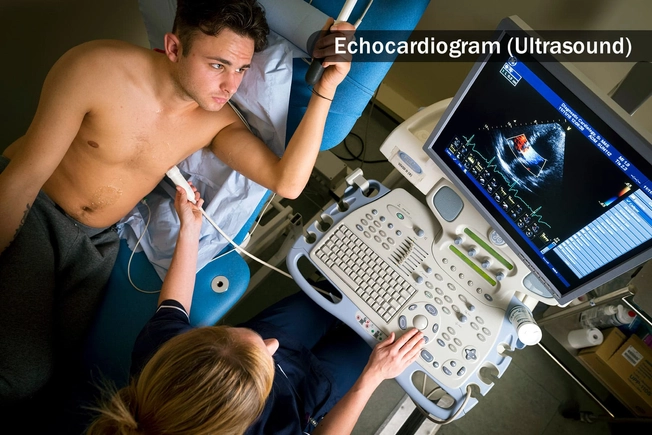
Getting a Diagnosis
Once your doctor knows your symptoms, blood tests can help diagnose the reason for your low blood pressure. An electrocardiogram, ultrasound, and other tests check your heart health. The Valsalva maneuver observes nerve signals that control your heart and blood vessels, and a "tilt table" test looks at how your body responds to position changes.
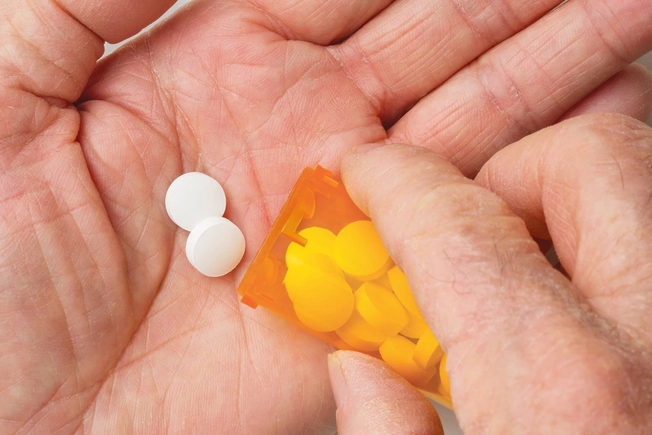
Treatment
It depends on the cause. You may need to the treat the conditions that are giving you low blood pressure. If medication is the problem, you may need to change it or lower the dose, but always talk to your doctor first. Other drugs can help increase your blood pressure if needed, and compression socks can help push blood up from where it pools in your legs. If you don't have bothersome symptoms, you might not need treatment.

Lifestyle Changes
You can help lessen the symptoms of low blood pressure at home.
- Add a bit more salt back into your diet, but check with your doctor first.
- Drink more water (unless your doctor has restricted your fluid intake). It keeps your blood volume up, which raises blood pressure.
- Cut back on alcohol. It can dehydrate you and lower blood volume and blood pressure.
- Eat multiple, small meals that are low-carb, instead of three big ones, if your pressure drops after eating.
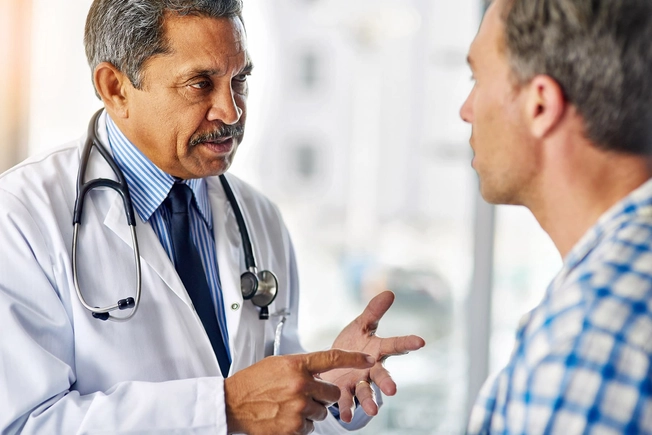
When to See a Doctor
If you feel confused or notice fast, shallow breathing, a weak, rapid pulse, and cold, clammy skin, you may be in shock (extreme hypotension). Get to an emergency room right away. But lower blood pressure numbers, especially without other symptoms, aren't usually a sign of a big problem. Talk to your doctor if you start to feel dizzy or lightheaded as well.